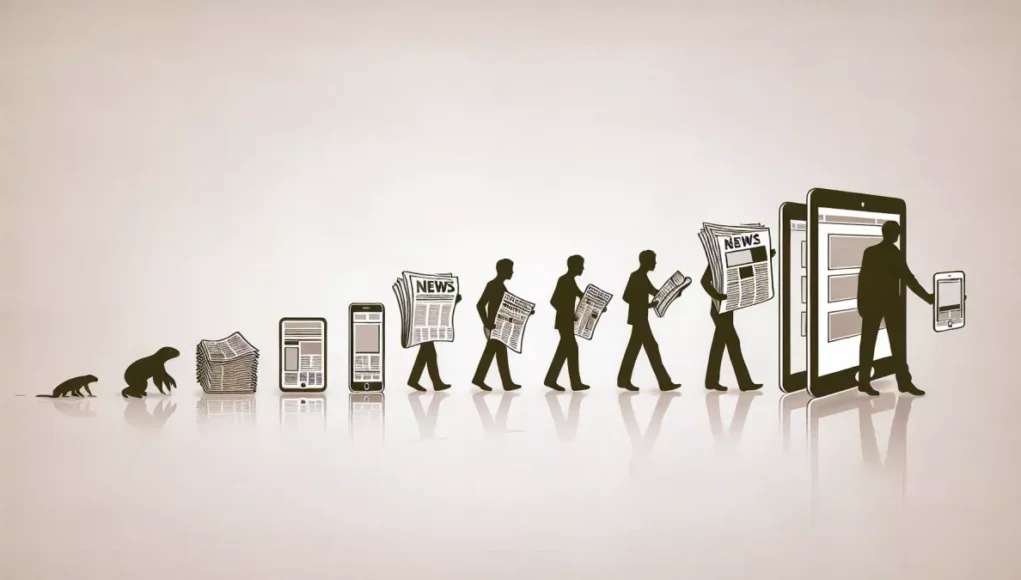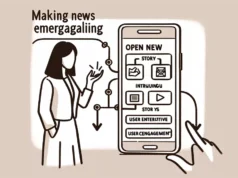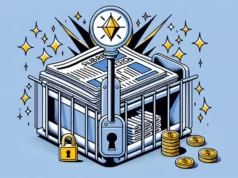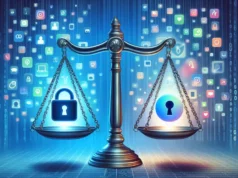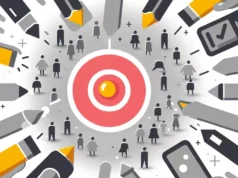In an era where information can travel around the globe in a blink of an eye, the evolution of news spreads has been nothing short of an astonishing metamorphosis. From the traditional newspaper headlines to the modern-day memes, the way we consume and engage with news has undergone a sea of change.
Print media dominated the scene for several centuries, and the term “headline” can trace its roots back to these physical newspapers. These headlines were designed to catch the reader’s eye, making them want to read the rest of the story. As technology moved forward, so too did the news, shifting from papers to radio and television. Each medium brought with it new norms and redefined the concept of a headline.
With the advent of the digital age, news distribution evolved even further. News stories went out on the internet, with websites dedicating space to headlines similarly to their physical counterparts. Sites like Yahoo News and Google News became aggregators, using algorithms to pull relevant headlines from various sources. The emphasis remained on capturing attention, with these digital headlines also honed to spark interest and incite clicks.
As the way people engage with news evolved, so did the language of news. A new form of headline, often referred to as “clickbait,” emerged. These headlines were crafted to shock, intrigue, or amuse, increasing the likelihood of a click and thus driving more engagement to the site.
However, the narrative would not end there. The internet is a quicksilver entity, always shifting, always changing, and this new era of news consumption would likewise morph into something different: the era of social media.
Social media platforms like Facebook, Twitter, and Reddit revolutionized how news spreads. Shorter content, viral posts, and user engagement became the critical elements of news dissemination, almost rendering the traditional paragraphed news articles obsolete. It became a race between news outlets to master these platforms, creating content that could finger-snap into viral fame and drive traffic back to their sites.
Brevity became the soul of news. Tweets, status updates, and link descriptions were the new headlines, serving a similar role but in an entirely different medium. The evolution of news had entered an age of character limits, emojis, hashtags, and internet slang. The language of news and headlines had to adapt to fit within these constraints while retaining impact and meaning.
Here, news met another phenomenon of the digital age, one that was already revolutionizing how people communicate: memes. These digital snippets, often humorously, succinctly captured thoughts and ideas, spreading like wildfire across platforms. They were easy to make, share, and understand, and they became a formidable force in the internet culture.
Memes began as an internet subculture, but their ability to quickly and engagingly deliver information propelled them into the mainstream. Digital natives, especially millennials and generation Z, saw memes as a form of entertainment, communication, and yes, even news consumption.
News outlets had to, yet again, recalibrate their approach to news delivery. Memes could potentially reach more audiences and generate steep engagement levels. Several publisher networks started experimenting with memes as a medium of news dissemination, with BuzzFeed even hiring meme specialists.
Today, memes hold a significant influence in political discourse, pop culture, social debates, and yes, news headlines. While some still perceive them as a trivial internet oddity, their influence is hard to ignore.
This whirlwind journey from headlines to memes is not just a story about technology or media, but about people and how they connect with the world around them. It explores how language, culture, and communication methods have evolved in tandem with technological advancements. As we continue to innovate and progress, the news, as we know it, will continue to transform.
So, when you tap on that trending meme or share that viral post, remember the centuries-long evolution that culminated in that moment. From the printing press to the tweet, from the headline to the meme, it’s not just about how we share news but also about how we perceive and interact with our world.
Sources:
1. Rudgley, R. (1999). The Lost Civilizations of the Stone Age. Free Press.
2. Martínez, A. B. (2015). Reading the News: A Cognitive Model of Headline Understanding. Journal of Pragmatics.
3. Carlsson, U. (2016). Media and Information Literacy in the Digital Age: An Overview. Department of Journalism, Media and Communication, University of Gothenburg.
4. O’Reilly, T. (2005). What Is Web 2.0: Design Patterns and Business Models for the Next Generation of Software. O’Reilly Media.
5. Shifman, L. (2013). Memes in Digital Culture. MIT Press.
6. Fitzpatrick, K. (2017). Generations, Twitter and BuzzFeed: How Millennials and Generation Z are Changing the News. University of Southern California.
7. Wiedemann, C. (2018). BuzzFeed’s Meme Generator Proves That The Meme Economy Is Evolving. Forbes.

